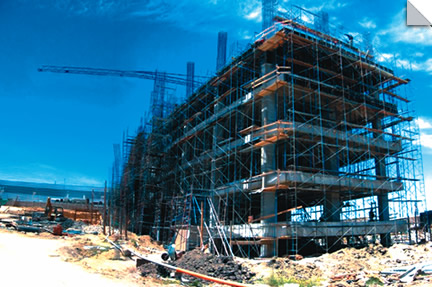Application of modified cam-clay model to reconstituted clays of the sabana de Bogotá
Keywords:
Elastoplasticity, Cam-Clay model, foundations, constitutive modelsAbstract
Bogotá, the capital of Colombia is located in a plateau on the Eastern mountain chain of the Andes, whose subsoil is conformed by a quaternary lacustrine deposit conformed mainly by layers of clays and silts with sand interleaves. The soft clays, present in a considerable area of the urban and potentially urban zone, must carefully be studied so that the foundations solutions guarantee the stability and functionality of civil works. The study of constitutive models has had great evolution in academic means but its practical application in the design has been limited, mainly by its little diffusion and the necessity to use a greater number of parameters than the required ones in the traditional methodologies. The fundamental concepts of the Modified Cam-Clay (CCM) model, the necessary parameters and the capacity of the model are analyzed to reproduce the experimental results of a set of triaxial tests on reconstituted samples of Bogotá. Finally, the conditions under which the model better simulates the behavior of soil (normally consolidated) are identified and on which variables more work has to be done to obtain a more complete constituent model (anisotropy).


